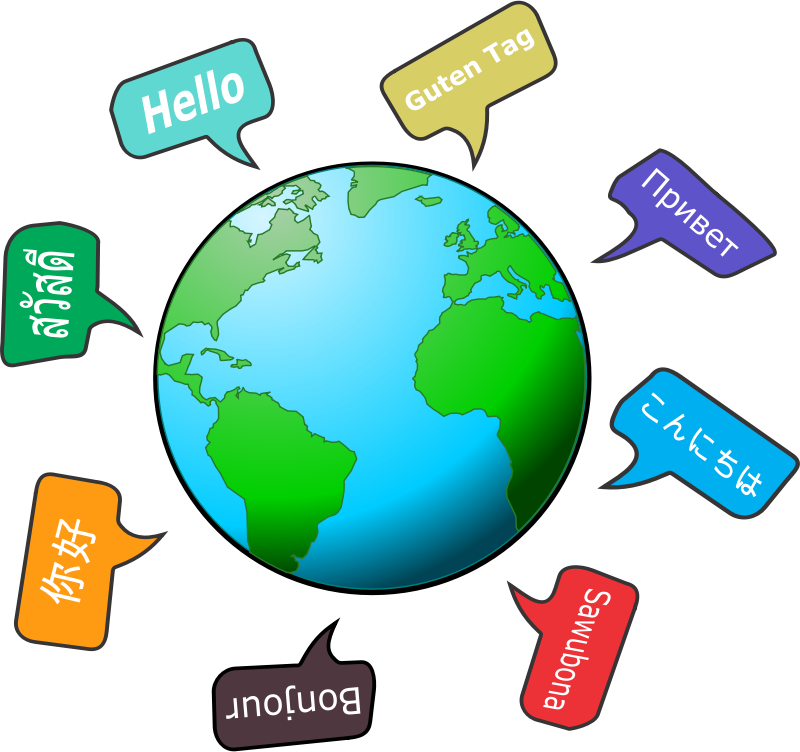
We communicate in every single interaction we have with others in the outside world; whether it be verbally, nonverbally, visually, through writing, or even just through listening. We are always communicating; and it’s no wonder we are always searching for better ways to do so. Communication is important in every profession, but it is especially paramount in education. We cannot set our students up for success if we are not effectively communicating with them, their parents and guardians, our fellow colleagues, and our superiors. Communication has to be strong on all fronts when it comes to education in order for students to reach their full potential.
In the face of obstacles, teachers are constantly searching for ways to improve communication or instill it where it was once nonexistent. As a future educator, it would be naïve of me to think that there will not be challenges that lie ahead in terms of establishing effective and open communication in the classroom. However, I’m realizing more and more just how many barriers we are capable of breaking down with the technology that is at our fingertips. After reading chapter 2 of Sail the 7 Cs with Microsoft Education, I’m excited to know that there are so many new and innovative tools available to teachers, students, and parents to help them communicate with one another. I love everything about the Microsoft Translator tool. I think that it breaks down so many barriers to communication that I can recall my own teachers struggling with while I was in grade school.
I distinctly remember ELLs in my classes struggling to understand lessons and instructions, let alone be apart of class discussions and group work. I remember feeling terrible and thinking about how lost they must have felt. They would spend part of their day in mainstream classes, and the rest in a separate classroom with other ELLs and a Spanish speaking teacher that could give them more one on one instruction time. If we had the Microsoft Translator tool back then, their learning situation could have been so much different and so much more inclusive. I think it is so amazing that this tool can allow students to listen in real time to their teachers and peers in their native language, as well as having their reading and assignments translated. It also allows for English speaking students to be able to understand and communicate back with them. Not to forget, as it was mentioned in the book, that it allows for teachers to communicate with parents as well. Something that just 10 years ago would have prevented nonnative English speaking students from reaching their full potential, is now seen as a nonissue thanks to this amazing tool. Language no longer has to be seen as something that separates us; it is what connects us.
I also enjoyed exploring the Wakelet that accompanied this chapter. The additional resources that are found on the Microsoft website showcase even more ways that Microsoft Translator can be used in the classroom. I found this video to be super informative on how it can be incorporated right into a class lesson.
